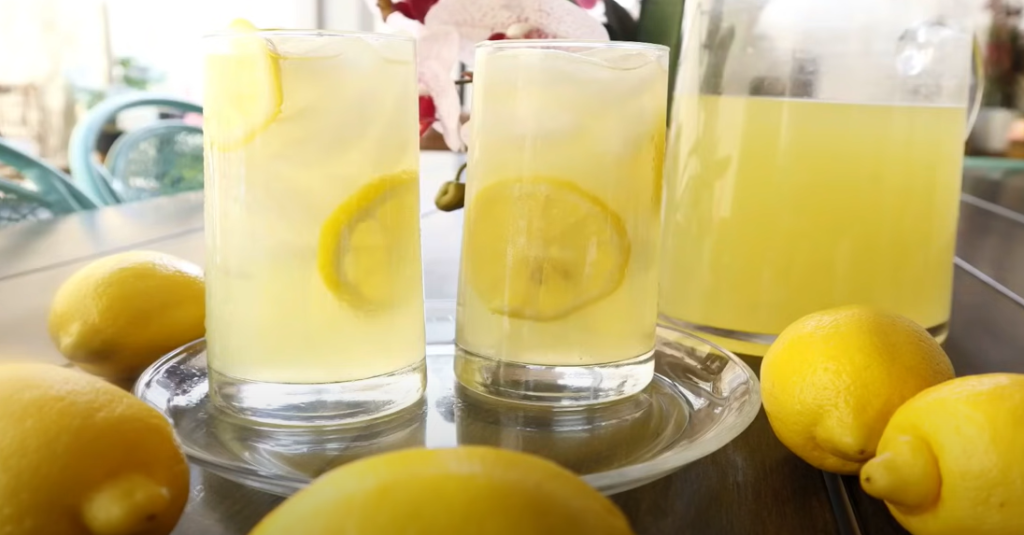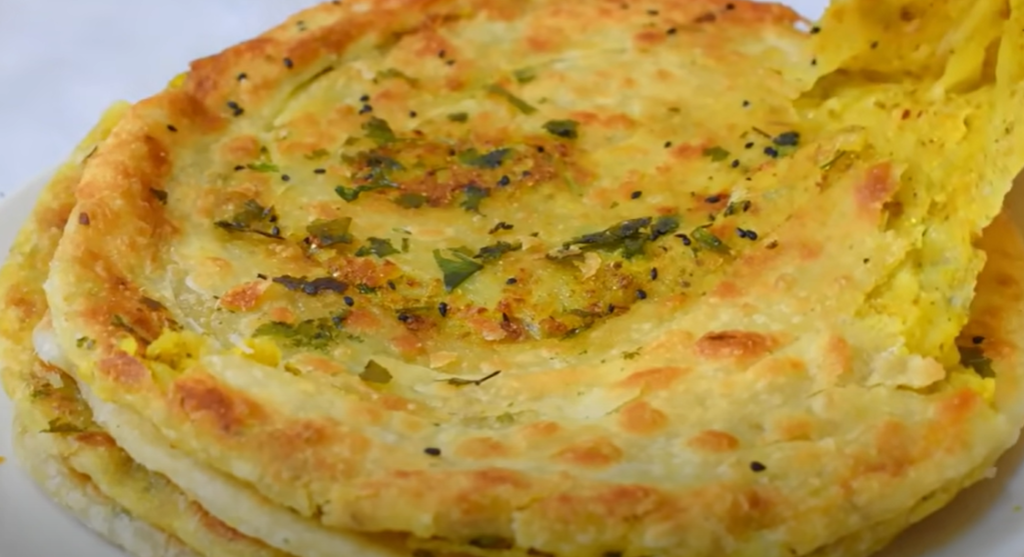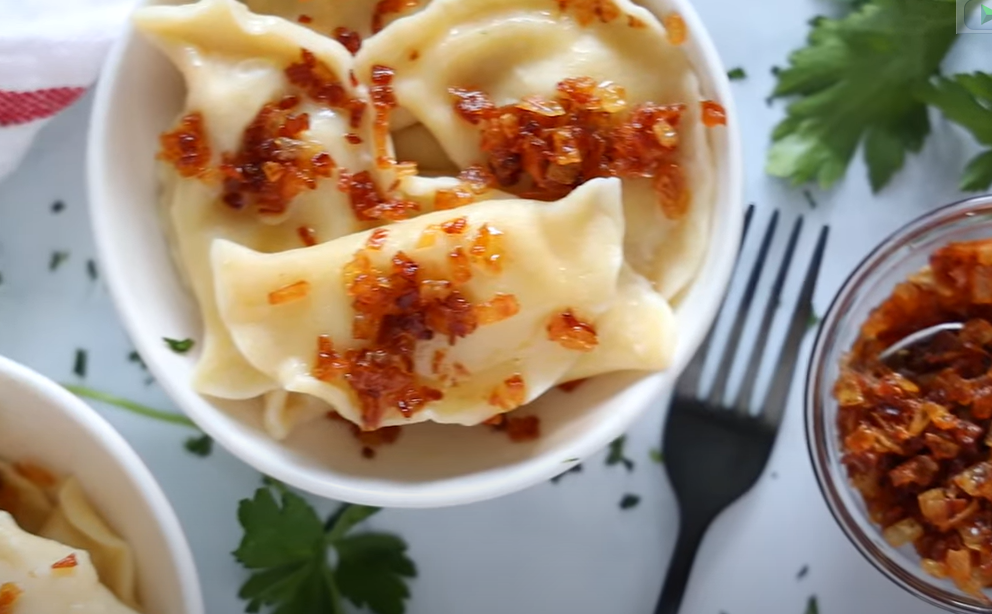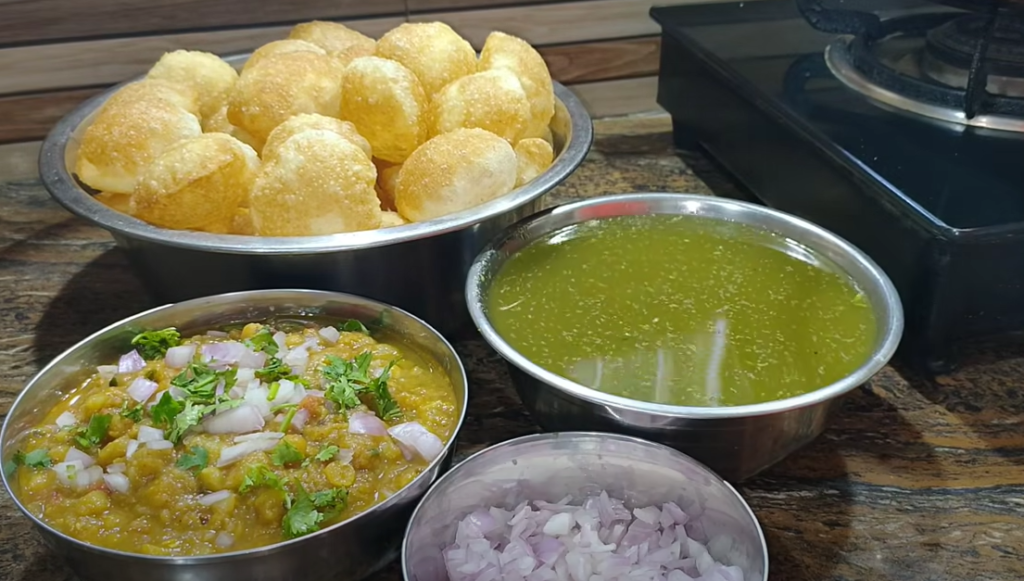Introduction
Move over traditional vegan nut roasts; there’s a new star in town, and it’s the Nut Roast Galette. Perfect for your meat-alternative table centerpiece, this savory galette boasts a flavorful blend of chestnuts, mixed nuts, and aromatic herbs, all encased in a golden, flaky shortcrust pastry. In this comprehensive guide, we’ll walk you through the ingredients and step-by-step directions to create this delightful and visually appealing dish.

Ingredients
For the Filling:
- 2 tbsp. olive oil
- 1 onion, chopped
- 1 stick celery, chopped
- 100 g chestnut mushrooms, chopped
- 2 cloves garlic, chopped
- 1/2 tsp. smoked paprika
- 3 sprigs thyme
- 1 tbsp. chopped fresh sage, plus whole leaves to garnish
- 180 g pack cooked chestnuts, roughly chopped
- 200 g unsalted mixed nuts (cashews, Brazil nuts, walnuts)
- 30 g pumpkin seeds
- 30 g dried cranberries
For the Pastry:
- 500 g block Jus Rol shortcrust pastry
- Flour, for dusting
- 2 tbsp. soy milk or other milk alternative
- 1 tsp. poppy seeds
Accompaniments:
- Vegetable gravy, to serve
Directions
Step 1: Preparing the Oven and Pastry
Pre-heat the oven to 200ºC(180ºC Fan) and line a large square baking tray with non-stick baking paper. Allow the pastry to come to room temperature.
Step 2: Sautéing the Vegetables
In a large frying pan, heat olive oil over medium heat. Sauté onion, celery, mushrooms, garlic, thyme sprigs, and chopped sage until softened. Add smoked paprika, salt, and black pepper. Cook for 1 minute and then remove from heat, discarding the thyme sprigs.
Step 3: Processing the Mixture
Transfer the vegetable mixture and chestnuts to a food processor. Blitz until finely chopped.
Step 4: Mixing the Nuts and Seeds
In a large bowl, combine half of the nuts, pumpkin seeds, and dried cranberries. Blitz the remaining nuts in the food processor until roughly chopped. Stir the chopped nuts into the vegetable mixture.
Step 5: Rolling Out the Pastry
Dust the work surface with flour and roll out the pastry to a 32cm circle. Lift the pastry onto the lined tray using a rolling pin.
Step 6: Spreading the Filling
Spread the filling evenly across the center of the pastry, leaving a 5cm ring around the outside edge without filling.
Step 7: Decorating the Galette
Arrange the remaining whole nuts and pumpkin seeds on top of the filling.
Step 8: Folding and Brushing
Brush the outside ring of pastry with milk and fold over the filling, pleating the pastry as needed. Brush the top edges with more milk and sprinkle poppy seeds.
Step 9: Baking
Bake for 50mins-1hr or until the pastry is dark golden brown. Cover the galette with foil after 30mins if the nuts are getting too dark. Five minutes before the end, remove the foil and scatter extra sage leaves to crisp.
Step 10: Cooling and Serving
Allow the galette to cool for at least 5mins before slicing. Serve with vegetable gravy and cranberry sauce on the side.
Conclusion
With its impressive presentation and delightful combination of flavors and textures, the Nut Roast Galette is set to become the new centerpiece of your meat-alternative table. Whether you’re a seasoned chef or a novice in the kitchen, follow these detailed steps to create a showstopping dish that will leave your guests impressed and satisfied. Elevate your plant-based culinary repertoire with this Nut Roast Galette, a perfect blend of creativity and deliciousness.




